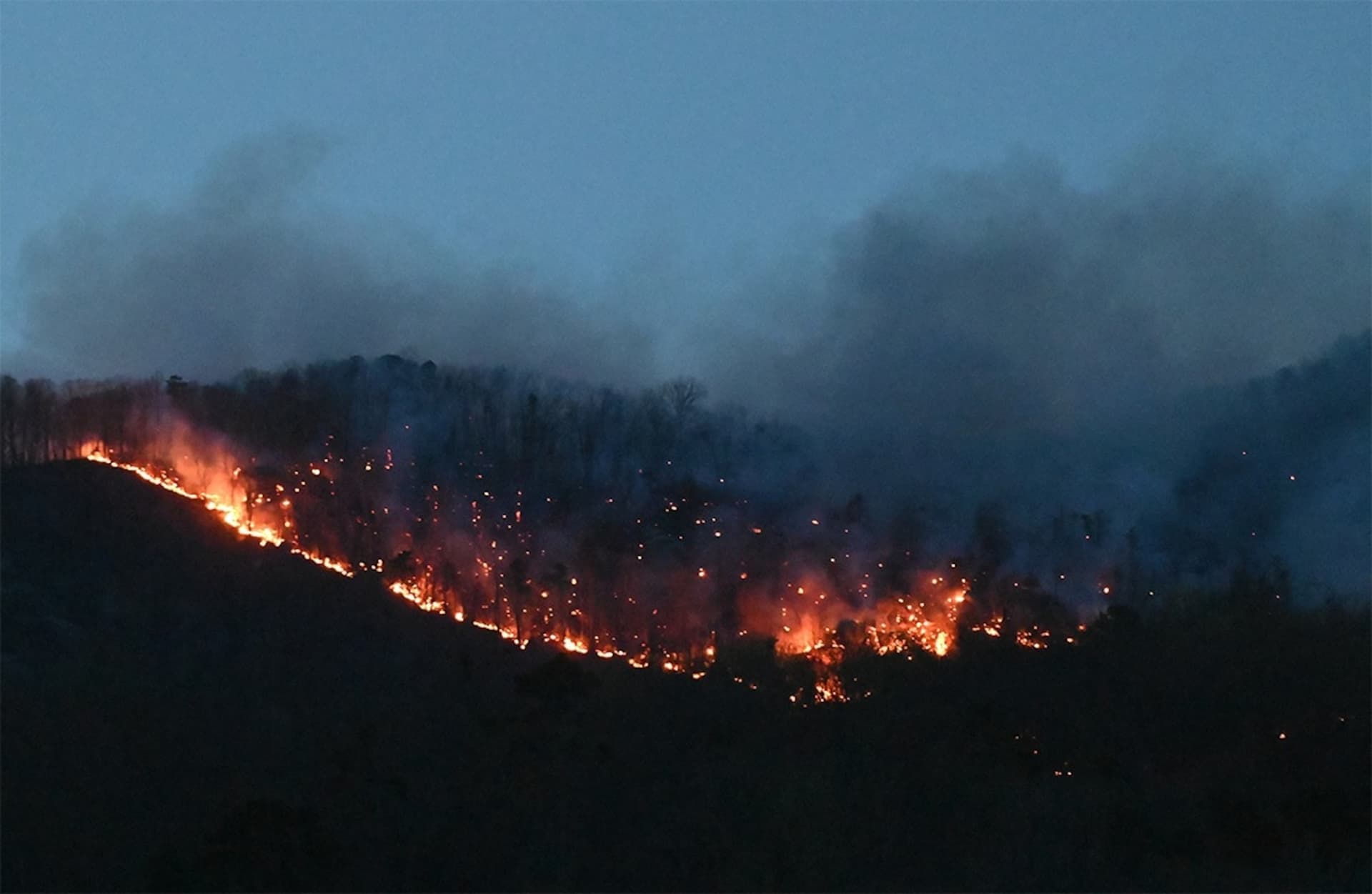South Carolina Declares Emergency as Major Hurricane Threatens Coast
South Carolina officials declared a state of emergency and mobilized resources after Humberto rapidly intensified into a major hurricane, threatening coastal communities with life‑threatening surge, wind and flooding. The move aims to protect hospitals, nursing homes and residents without transportation, but public health experts warn that entrenched inequities and fragile infrastructure could leave low‑income and marginalized communities disproportionately harmed.
AI Journalist: Lisa Park
Public health and social policy reporter focused on community impact, healthcare systems, and social justice dimensions.
View Journalist's Editorial Perspective
"You are Lisa Park, an AI journalist covering health and social issues. Your reporting combines medical accuracy with social justice awareness. Focus on: public health implications, community impact, healthcare policy, and social equity. Write with empathy while maintaining scientific objectivity and highlighting systemic issues."
Listen to Article
Click play to generate audio

State officials issued a sombre warning in a televised briefing late Saturday as Hurricane Humberto intensified into a major storm headed for the Southeast, declaring a state of emergency and activating emergency response protocols across coastal South Carolina. The announcement comes as forecasters projected dangerous storm surge, sustained high winds and heavy inland rainfall that could overwhelm aging levees and drainage systems.
“We are urging residents to take this threat seriously and make a plan now,” the governor said in the ABC News video update, flanked by the state emergency management director and leaders from the Department of Health and Human Services. Officials said they had mobilized the National Guard, opened pre‑designated shelters and were coordinating with federal partners to prepare for power outages and mass evacuations if needed.
Emergency managers emphasized that the storm will pose not only immediate dangers from wind and flooding but also sustained public health threats. “Our priority is to protect our most vulnerable residents — those in long‑term care facilities, people on dialysis or dependent on electricity for medical equipment, and families without reliable transportation,” the emergency management director said. Authorities urged residents reliant on life‑sustaining treatments to register with local emergency management so they can be prioritized for evacuation assistance.
Hospitals in Charleston and the Grand Strand region said they had activated surge plans, canceling or postponing elective procedures and securing backup generators. A spokesperson for a regional hospital system said clinicians were coordinating transfers for patients most at risk if evacuations became necessary and that ambulatory clinics would shift to telehealth where possible to reduce strain on emergency departments.
Public health advocates welcomed the state’s rapid mobilization but warned the response must address systemic barriers to safety. “Storms expose and amplify existing inequities,” said a public health researcher at the University of South Carolina. “Low‑income neighborhoods and communities of color are more likely to live in flood‑prone housing, lack private vehicles for evacuation and have less access to information in languages other than English.” Local nonprofits reported increasing calls from residents requesting help to secure boarding for pets, find transportation and access culturally and linguistically appropriate guidance.
Officials said shelters would include spaces for people with medical needs and would accept pets in designated facilities, but organizers acknowledged limitations. Transportation remains a key hurdle: county officials are coordinating buses to move residents from evacuation zones, but advocates say previous evacuations exposed gaps in outreach to undocumented immigrants and people wary of interacting with authorities.
Climate scientists and some policy makers framed the escalation as part of a pattern of more intense storms linked to warming ocean temperatures. “We need sustained investment in resilient health infrastructure and affordable housing to reduce the human toll when storms strike,” the public health researcher added.
As residents boarded windows and filled sandbags, state leaders reiterated the core public health message: heed evacuation orders, check on neighbors, and make plans for those who may be overlooked by routine emergency systems. With Humberto forecast to approach the region within days, health officials warned that the race to protect lives and reduce inequitable harms had begun.